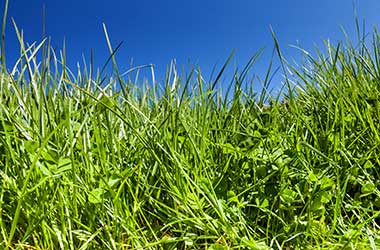Did you know you can effectively bring forward maintenance P and S to apply during spring? This can help give your clover a boost.
Clover is well-known for its ability to fix nitrogen, but is also a valuable feed thanks to its high protein levels and accessible carbohydrates. Clover is palatable and easily digested and can help boost liveweight gains.
It provides high quality, protein-rich feed early in spring, which drives lactation and lamb growth rates. This means with the correct management, annual clovers can be some of the most valuable forages in a dryland forage system.
However clover is more sensitive to its growing conditions than ryegrass, so it’s important to look after your soil fertility to make the most of it. Clover is sensitive to soil pH, growing best at 5.8-6.2.
White clover thrives on soils which are high in phosphorus, potassium and sulphur.
Sulphur
Clover has a higher requirement for nutrients than grasses do, and sulphur is no exception. If your soil is deficient in sulphur, your clover growth will suffer in both vigour and abundance. Timing of your sulphur application is not important on ash soils, and on other soil types you can use a mixture of sulphate-S and elemental-S to avoid split applications.
Phosphorus
Phosphorus is key for photosynthesis and successful pasture growth. Higher available P levels will mean more clover growth as long as no other factor is limiting it. Maintenance phosphate can be applied at any time of the year, but if soil test levels are low and you need an immediate production boost, the earlier the P is applied, the sooner you will see benefits.
A good soil fertility monitoring plan, including soil tests and clover-only herbage samples will help you maintain the correct fertiliser use for optimal pasture production.
